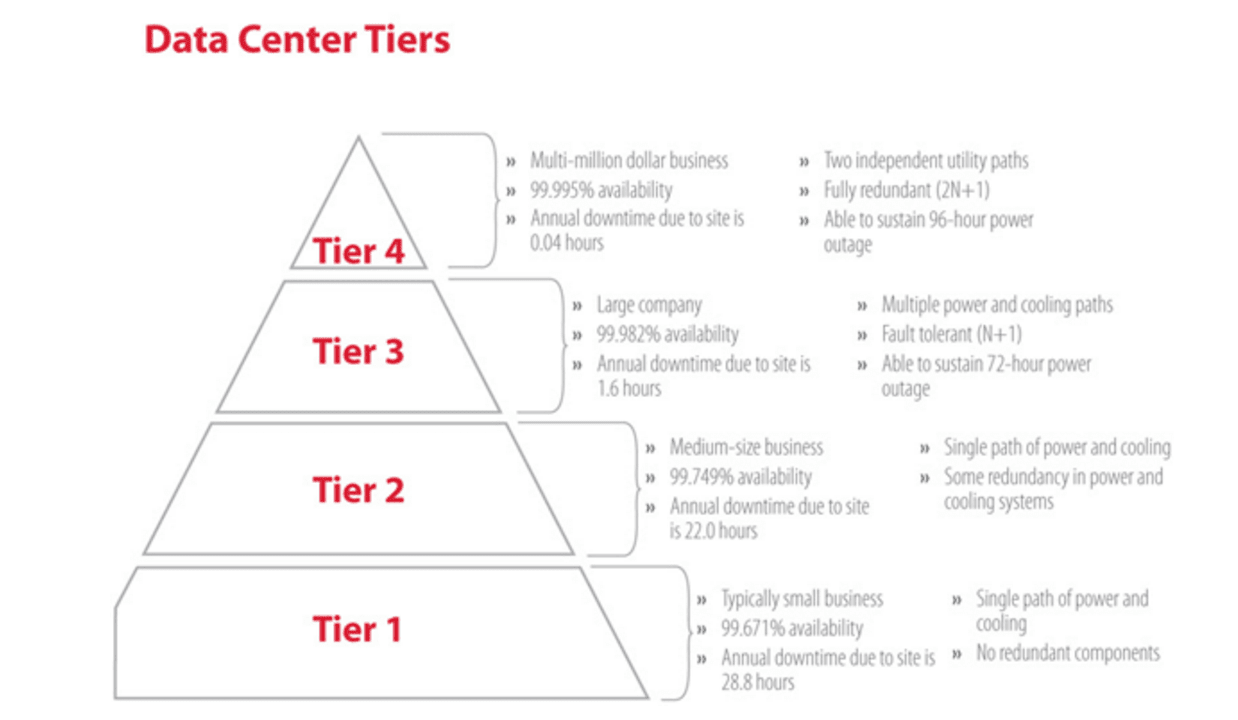Discussed: If a Company Goes Bust Who Pays Redundancy in the UK?
Discussed: If a Company Goes Bust Who Pays Redundancy in the UK?
Blog Article
Investigating the Interplay In Between Business Redundancy and Business Versatility for Future Growth
In the vibrant landscape of today's service globe, the elaborate partnership between business redundancy and organizational flexibility arises as an important variable for sustained growth and success. Business typically encounter the challenge of striking a fragile equilibrium between preserving a degree of redundancy to minimize threats and fostering flexibility to react quickly to the ever-evolving market demands.
Value of Firm Redundancy
Firm redundancy is an essential component that boosts business durability and mitigates functional threats. By integrating redundancy steps within the business structure, firms can better hold up against unexpected interruptions and fluctuations in business environment. Redundancy works as a calculated buffer, allowing companies to adapt and respond successfully to unanticipated difficulties without jeopardizing vital operations.
One key element of the value of company redundancy is its duty in making certain connection during times of situation. When confronted with unexpected adjustments or emergencies, repetitive systems, resources, or employees can tip in to preserve critical functions and prevent widespread disturbances. This connection not only safeguards the firm's track record and customer depend on however also decreases financial losses and functional downtime.

Strategies for Organizational Adaptability

Another vital approach is investing in innovation and framework that can support flexibility and scalability. Carrying out electronic tools, automation, and information analytics can simplify operations, improve efficiency, and offer valuable insights for informed decision-making. Moreover, producing adaptable organizational structures that allow for fast adjustments to market dynamics and customer needs is vital for staying competitive in a quickly advancing environment. By proactively determining prospective interruptions and opportunities, organizations can proactively prosper and adapt in an ever-changing company landscape.
Harmonizing Redundancy and Flexibility
Accomplishing a harmonious balance in between functional redundancy and business flexibility is vital in browsing the complexities of a vibrant service atmosphere. Striking the appropriate equilibrium between redundancy and versatility is a fragile procedure that requires a deep understanding of the organization's goals, market characteristics, and threat resistance.
To attain this equilibrium, firms require to perform normal analyses of their procedures to determine areas where redundancy is needed for threat reduction and where versatility can drive advancement and growth. Executing flexible frameworks, cultivating a culture of constant knowing and improvement, and motivating open interaction across all levels of the company are crucial methods to balance redundancy and adaptability effectively. By straightening these 2 vital elements, companies can position themselves for sustainable development and success in an ever-changing service landscape.
Situation Studies on Adjustment Success
In taking a look at instances of effective business adaptation, it comes to be apparent that the interaction between operational redundancy and versatility is a defining consider shaping resilient organizations. One compelling study is that of Netflix. Initially a DVD rental solution, Netflix demonstrated impressive versatility by transitioning right into a streaming platform when digitalization interfered with the market. By strategically buying technology and material creation, Netflix not only endured however prospered in a quickly evolving market. One more standout instance is Amazon. Starting as an on the internet book shop, Amazon constantly adjusted its business version, broadening right into diverse markets such as cloud computer and synthetic knowledge. This adaptability allowed Amazon to remain in advance of competitors and satisfy transforming consumer needs. Lastly, Adobe supplies a significant illustration of successful adjustment. The firm shifted from offering software program licenses to a subscription-based model, guaranteeing repeating earnings streams and enhanced customer interaction. These instance researches underscore the importance of operational redundancy combined with business flexibility in cultivating long-term growth and competitiveness.
Structure Durability for Future Growth
Building strength for future growth requires a calculated alignment of functional processes with market characteristics and emerging patterns. Business should adjust to altering settings by promoting a society of flexibility, technology, and constant renovation.
Furthermore, cultivating strong connections with stakeholders, such as customers, workers, suppliers, official website and the neighborhood, is important for weathering unpredictabilities and maintaining trust and assistance throughout turbulent times. Efficient interaction and openness play an important duty in structure resilience, as they assist assist in and straighten assumptions collaboration in navigating uncertainties.
Moreover, companies need to prioritize knowing and advancement campaigns to upskill staff members and equip them with the necessary tools to adapt to altering scenarios. article source By spending in their labor force, firms can improve their versatility and dexterity, inevitably reinforcing their strength for lasting future development.
Conclusion

In the vibrant landscape of today's business world, the detailed relationship between firm redundancy and organizational adaptability arises as a crucial element for continual development and success. Companies typically encounter the obstacle of striking a delicate equilibrium in between maintaining a level of redundancy to alleviate threats and cultivating adaptability to respond quickly to the ever-evolving market needs.To attain this balance, business require to carry out normal assessments of their operations to identify locations where redundancy is needed for threat reduction and where flexibility can drive advancement and development.In final thought, the interplay between business redundancy and organizational adaptability is crucial for future development. Building resilience through a combination of redundancy and adaptability will make certain that companies are prepared for the you can try this out challenges of the future.
Report this page